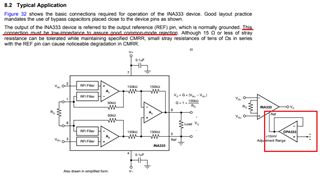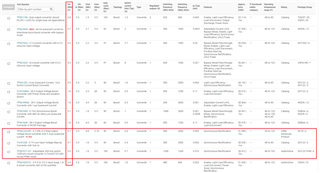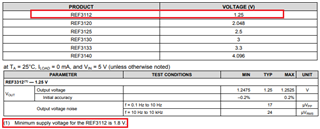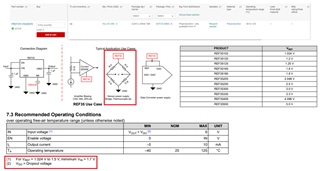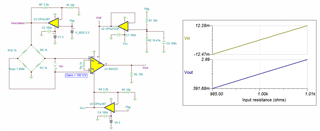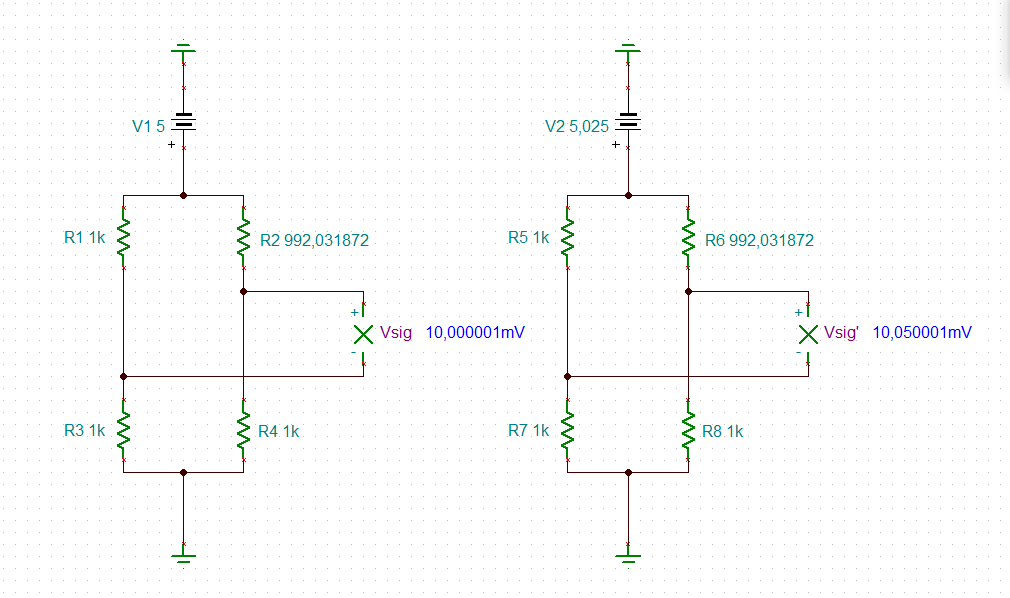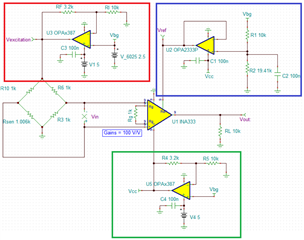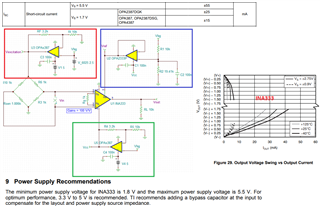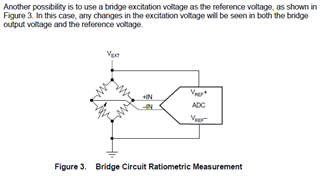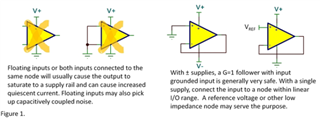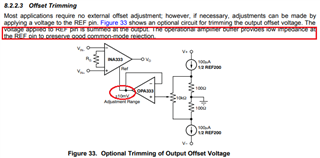Other Parts Discussed in Thread: ADS1220, OPA333, LM7705, REF3125, REF6025, REF34-Q1, MSP430F5529, REF3112, OPA387, LPV821, REF6250, TLV333, TLV2333, OPA4387
Hello Team,
My customer would like to know how the device will perform on their application below
(1) I am connecting ina333 referennce to midsupply of the whole circuit voltage using voltage divider( datasheet suggest me use low impedance soruce (15ohm) for reference pin) so I only have 10 ohm resistor avialable sso should it be fine without degrading the performance of ina333?
(2) if i connect the ina333 reference to midsupply, is there any way to level shif the code of ADC so that the zero value of adc is same as midsupply of ina333?
(3) I only have single ended positive voltage avialoable to power up the circuit and so my another concern is that if the reference voltage drift in ina333 then is there any way to compensate it the drift in ads1220 to get correct result?:
Regards,
Renan


